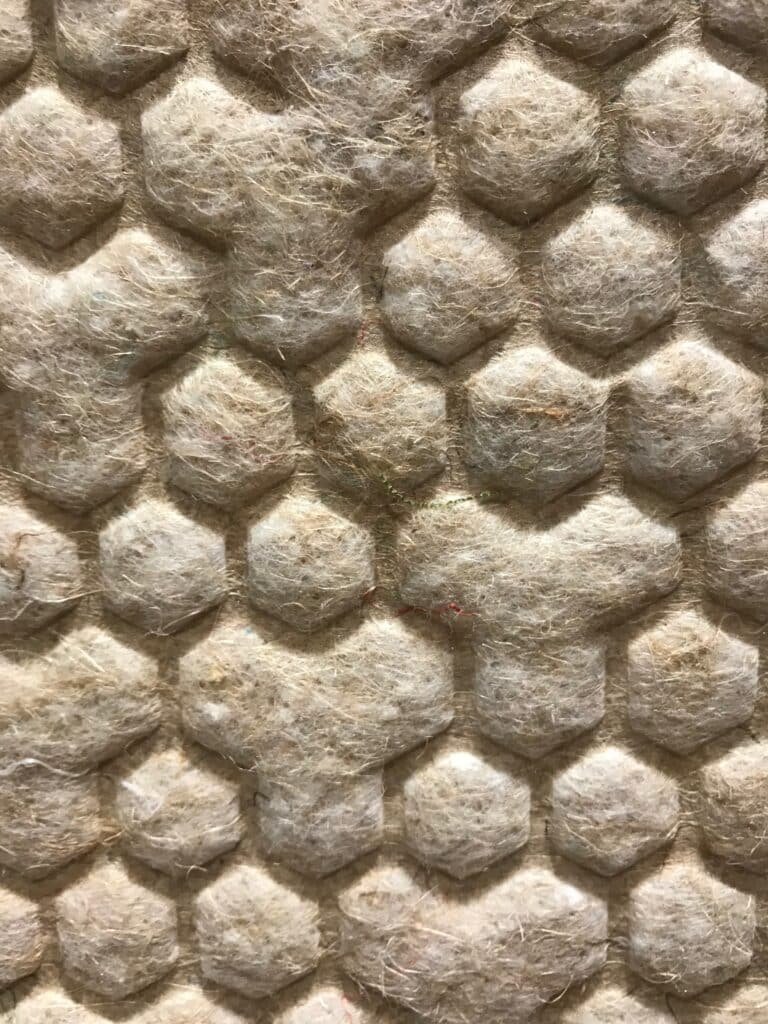The hidden meaning behind the hexagon
The hexagon is one of the building blocks of nature, representing many frequencies. It’s a geometric shape that is integrated […]
The hexagon is one of the building blocks of nature, representing many frequencies. It’s a geometric shape that is integrated […]

















© Flower of Sound. All rights reserved
